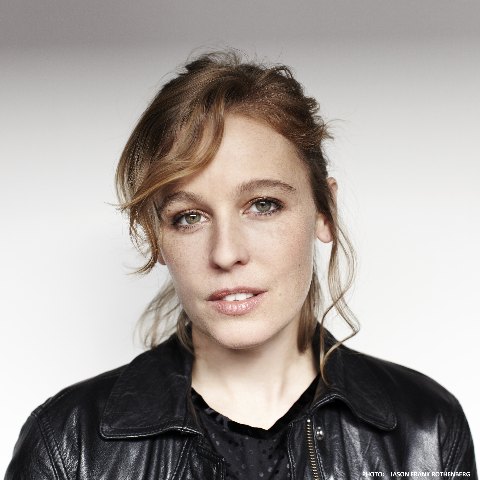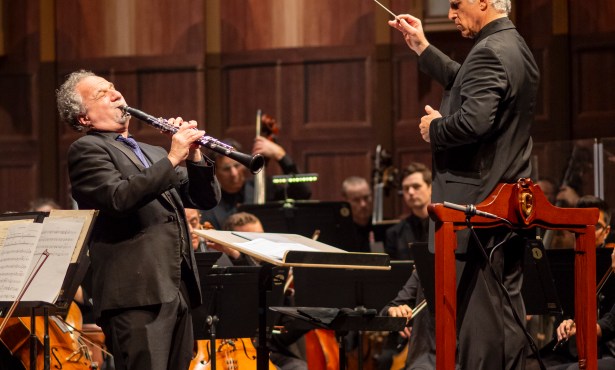Tift Merritt’s Analog Lovers
Songstress Joins Ray LaMontagne/David Gray Tour
As an opening act, Tift Merritt consistently moves in the best company. Having joined forces with Ray LaMontagne and David Gray on August 29 (including September 5 at the Santa Barbara Bowl), Merritt will play the rest of their West Coast tour before heading to the U.K. for some solo gigs and then a stint over there with Mary Chapin Carpenter.

Merritt’s new album, See You on the Moon, puts her at the head of the class of contemporary singer-songwriters, and although she’s been mislabeled as a country artist (all the way to being nominated for a Best Country Album Grammy award in 2004), she’s closer to Dusty Springfield than to Tammy Wynette, and as a writer she’s more in the tradition of soul great Dan Penn than George Jones. “Mixtape,” the single from Moon that’s been getting the most attention, is a perfect indie summer jam, and carries itself with the slinky, unforgettable syncopation of classic pop.
Merritt brings a background of writing fiction and taking photographs to her songwriting, and pursues her ideas through a multilayered, mixed media approach. Her 2008 release Another Country was inspired by a period of living in Paris that resulted not only in this album, but also in an exhibition of her photographs called Other Countries. When I spoke with Merritt she was at her home in New York City, preparing to hit the road with LaMontagne and Gray.
So, first you released Another Country, and now you put out something called See You on the Moon. Does that mean we have to go to the moon to see you? The pond only gets deeper the further you wade out. It’s funny though, I wrote the song “See You on the Moon” for someone, and there’s an irony to that idea of going to the moon because the man that I wrote it for was my next-door neighbor, a man who lived alongside me for 20 years, and now he’s passed away. At this moment I can’t tell you even how many years ago he died, because it is still painful to think about. I tried to write about him, but I couldn’t, until one day I got this chorus, those lines about “see you on the moon,” and it was as though he was whispering them in my ear. Before that nothing that I wrote could say what I felt, what we all felt, and then it was almost as though he said it to me for this song. So I wrote a lot of this album really quickly, because some feelings I’d spent a long time living with became clear like that.
As a songwriter you have a great ability to float around a scene and get inside of other characters. Is that something you work for? Yes, because for me it’s all about point of view. I started out writing short stories, and that’s how I learned that even when you are getting under someone else’s skin and writing from there, you’re still going to put yourself in it somehow. It’s like I find myself by going out of myself.
Can you give an example of that, finding yourself by going into a character? Sure. It’s like in “Mixtape,” I wanted to show an introvert’s pleasure, but show it at the stage when it’s coming out, in the process of actually making the tape. Because it is as the person pauses and cues up the songs and repeats them and works on the artwork that they are just overflowing with ecstasy and love because the activity of making the thing frees them to express their feelings.
That’s great. Mixtapes are certainly loaded with emotion. Do you have some special ones? Yes, I actually still have the mixtapes that people gave me. One of them a guy put in my tip jar when I first started out. He owned a record store and the tape was incredible. I also have a tape from one of my first boyfriends that opened so many musical doors for me. One of the main things I was feeling when I wrote the song was that I needed to say thank you, that I had never said thank you enough for these great gifts.
Anyone who ever gave you a mixtape should feel pretty good about it now.



